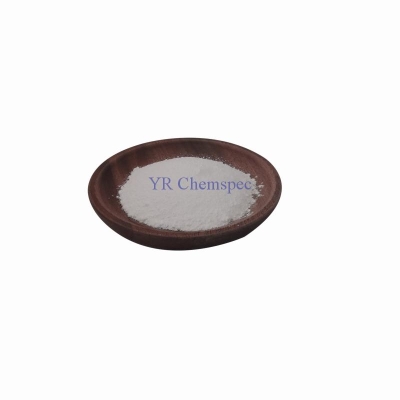-
Categories
-
Pharmaceutical Intermediates
-
Active Pharmaceutical Ingredients
-
Food Additives
- Industrial Coatings
- Agrochemicals
- Dyes and Pigments
- Surfactant
- Flavors and Fragrances
- Chemical Reagents
- Catalyst and Auxiliary
- Natural Products
- Inorganic Chemistry
-
Organic Chemistry
-
Biochemical Engineering
- Analytical Chemistry
- Cosmetic Ingredient
-
Pharmaceutical Intermediates
Promotion
ECHEMI Mall
Wholesale
Weekly Price
Exhibition
News
-
Trade Service
1.
The concept of standard molar heat of formation
For the reaction 2NO 2 (g)=N 2 O 4 (g), if the absolute enthalpy values of NO 2 and N 2 O 4 can be known , the baking of the reaction can be easily obtained
.
△rH=H(N 2 O 4 )-H(NO 2 )
However, the absolute value of the thermodynamic energy of a substance cannot be determined, and the absolute value of the enthalpy of the substance cannot be determined.
However, the relative enthalpy value of each substance can be defined
.
This problem is similar to a simple geographical problem: it is obviously impossible to measure the absolute height of a mountain from the center of the earth, so people can measure the altitude of the mountain with sea level as the zero point, and the altitude is relative.
The key to determining the relative enthalpy of a substance is the selection of the relative zero point
.
Generally speaking, each substance can be considered to be converted from simple substances.
1/2N 2 (g)+O 2 (g)=NO 2 (g) (1)
N 2 (g)+2O 2 (g)=N 2 O 4 (g) (2) Thermodynamically stipulates that at a certain temperature, the heat effect of 1 mol of a substance in the standard state is generated by the specified elemental substances of various elements in the standard state, It is called the standard molar heat of generation of the substance at this temperature, referred to as standard heat of generation or heat of generation
.
It is represented by the symbol △ f H m Θ and the unit is kJ·mol -1
In the △ f H m Θ symbol, △H m represents molar enthalpy change, the subscript "f" represents "formation" (the beginning of English formation), and the superscript "Θ" represents "standard state"
.
Thermodynamics has clear regulations on the standard state: for solid and liquid, pure substance is the standard state (xi=1); for substance A in solution, the standard state is its molar concentration b A =1mol·kg -1 (approximately equal to the substance The concentration is 1mol·dm -3 ); for gas phase substances, the standard state is that its partial pressure is standard atmospheric pressure 100kPa (101.
3kPa is also useful)
The reaction of generating 1 mol of a substance from a specified element in the standard state is called the reaction of the substance, so the heat of generation can also be defined as the thermal effect of the reaction of a substance
.
2.
Find the reaction heat from the standard heat generation
All substances can be regarded as being produced by elemental substances, and the standard heat of generation of elemental substances is specified as 0
.
The reaction heat of the chemical reaction can be obtained from the standard heat of formation of each substance in the reaction formula
Figure 2-7 Relationship between heat of formation and heat of reaction
Derived from Hess's law
△rHm(Ⅱ)=△rHm(I)+△rHm(Ⅲ)
which is
△rHm(Ⅲ)=△rHm(Ⅱ)-△rHm(I)
due to
therefore
The thermal effect of a chemical reaction can be calculated from the standard heat of formation of the product and the standard heat of formation of the reactant
.
[Example 2-4] The reaction to produce water gas is C(s)+H 2 O(g)=CO(g)+H 2 (g), try to find the thermal effect of the reaction △rHm Θ product from the standard heat of formation
.
The standard heat of generation of each substance obtained by solving the look-up table is
and so
The reaction heat △rHm Θ is related to the reaction temperature, but it is not affected by temperature.
In the course of inorganic chemistry, the △rHm Θ product at 298K can be regarded as approximately equal to the △rHm Θ at other temperatures
Related link: Hess's Law







